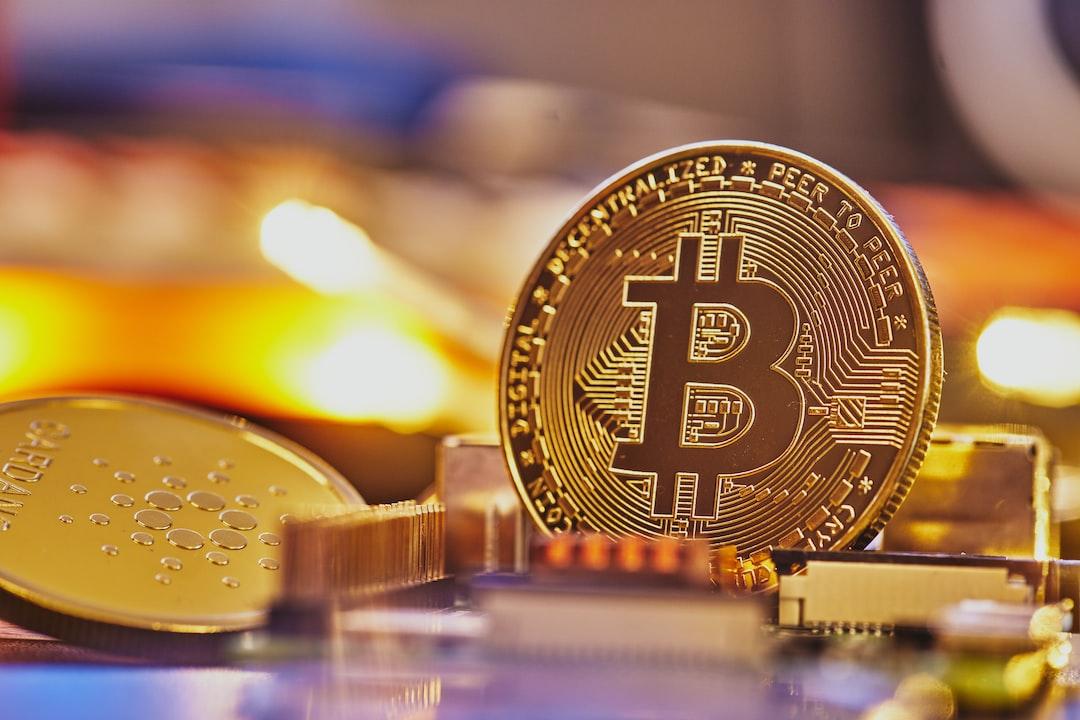The Uniswap Foundation, the organization that supports the decentralized finance (DeFi) protocol Uniswap, has announced the launch date for the protocol’s v4 version after the upcoming Dencun upgrade on Ethereum.
In a post on X, the foundation shared a roadmap outlining its plans for the new rollout. Currently, the organization is in the “Code Freeze” phase, where it is completing the core code, conducting testing, optimizing gas usage, enhancing security, and finalizing peripheral features.
After this phase, the Uniswap Foundation team will rely on audit firms and a community audit contest to review the code of v4. The team believes that Uniswap v4 will have the most rigorous code audit ever conducted on Ethereum. At the same time, the decentralized exchange will be deployed to the testnet while the team makes final adjustments.
The Uniswap Foundation stated that the third phase will see Uniswap v4 go live on the Ethereum mainnet in the third quarter of 2024. However, this date is tentative and depends on the status of the upcoming Dencun upgrade on Ethereum.
As previously reported by Cointelegraph, the Dencun upgrade for the Ethereum network was activated on the Goerli testnet on January 17. This upgrade introduces several Ethereum Improvement Proposals (EIPs), including EIP-4844, which enables proto-danksharding, a feature aimed at reducing layer2 transaction fees.
The deployment of the Dencun upgrade on the Goerli testnet experienced a four-hour delay. However, the upgrade was successfully deployed on the Sepolia testnet, the second of three Ethereum testnets, on January 31. After the second testnet, the Dencun upgrade completed the third phase of testing with its deployment to the Holesky testnet on February 7.
On February 8, Ethereum developer Tim Beiko announced that the upgrade will be implemented on the mainnet at “slot 8626176.” Blockchain research firm Nethermind stated that this will occur on March 13, 2024, at 1:55:35 pm UTC. The date was determined by Ethereum developers during a call on February 8, following the successful deployment to the Holesky testnet.

